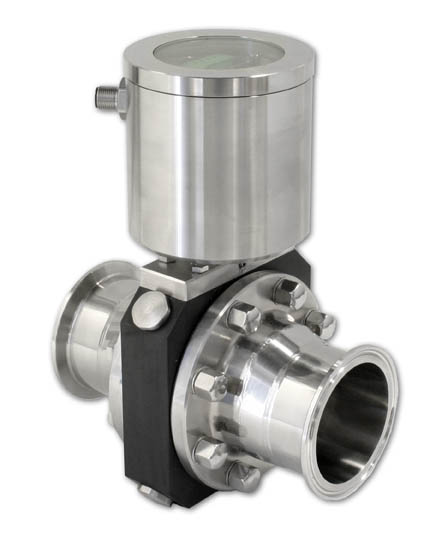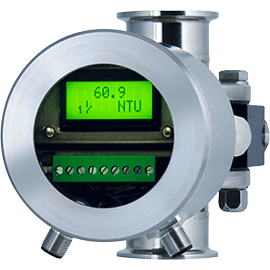 Amul Fed (Formally Known as Mother Dairy - Gandhinagar)
Amul Fed (Formally Known as Mother Dairy - Gandhinagar)
Application Detail
AmulFed Dairy (formerly known as Mother Dairy – Gandhinagar) is one of India’s largest dairy product manufacturers, operating since 1994 in Gujarat under the renowned AMUL brand that leads the Indian dairy market. Processing approximately 3.5 million liters of milk per day, AmulFed is a zero-discharge facility committed to continuous process improvement and sustainability. To enhance cleaning efficiency and reduce water consumption, AmulFed installed seven ITM-4 turbidity sensors from Anderson-Negele in its CIP lines. Impressed by the proven performance of the ITM-4, the dairy achieved significant water savings and improved overall CIP process control.
Requirement

With the objective to recover maximum water from their CIP process, the team from Mother Dairy approached Anderson-Negele to resolve the issue permanently in a cost effective way.
The Anderson-Negele Solution
Anderson-Negele team identified that since their CIP process was done via coductivity meter the recovery of water and the product was not done as desired by the customer. Conductivity measurement cannot define exact phase separation of two or more different media in a CIP process of a dairy plant and that is why ITM-4 Turbidity Meter was installed in the CIP lines to detect different phases. This will provide the exact phase separation in a more precise manner. Amul Fed was convinced with the solution and decided to automate their CIP Process as it will help to reduce the load on Effluent Treatment Plant (ETP), since they were able to set the exact range of water recovery and bring improvement in energy saving by reducing the number of CIP’s.
Advantages
- Compact device, no separate evaluation unit necessary
- Reduced ETP load
- Reduces Power consumption
- Maintenance free
- ROI (Return on investment) is faster
Features
- The ITM-4 measures turbidity using the 4-beam alternating light method
- 4 free selectable and externally switchable measurement ranges
- Smallest measurement range: 0…5 NTU or 0…1 EBC
- Largest measurement range: 0…5000 NTU or 0…1250EBC
- Colour independent measurement principle (wave length 860 nm)
- 3-A certificate with process connection Tri-Clamp and hygienic thread connection



Copyright © 2022 Anderson-Negele